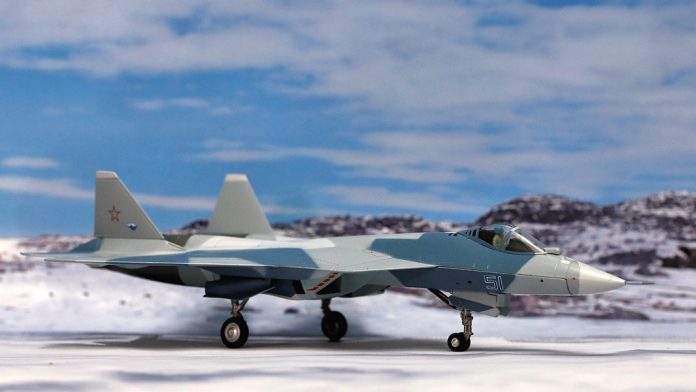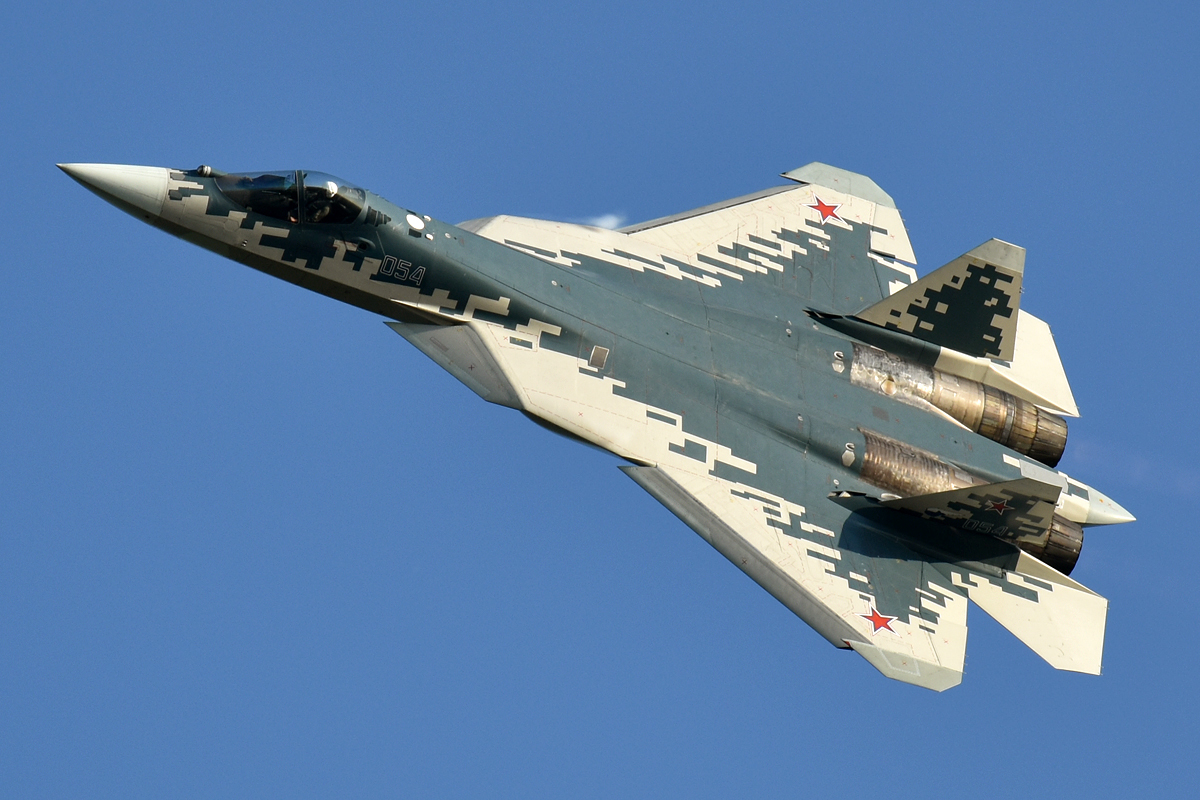
Russia’s ambitious Su-57 Felon, the supposed equivalent to Western fifth-generation stealth fighters like the F-35 and F-22, finds itself under intense scrutiny as questions linger about its actual stealth capabilities and limited presence in the skies over Ukraine.

The Su-57 is Russia’s most advanced fighter jet and is designed for air superiority and attack roles, yet its fleet size does not exceed twenty aircraft due to ongoing developmental challenges.
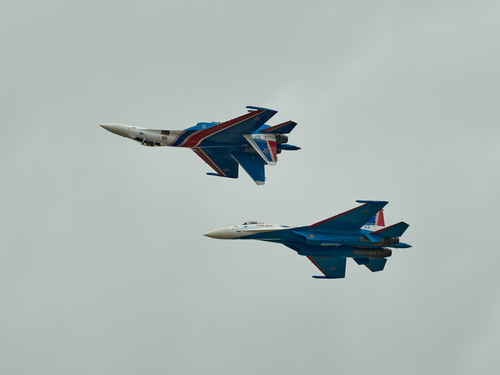
Initially rolled out with 12 prototypes for early service in 2018, a move that was likely aimed at boasting Russian military prowess, the Su-57 aims to replace older models such as the MiG-29 and Su-27, offering versatility through a broad range of munitions for various combat scenarios.
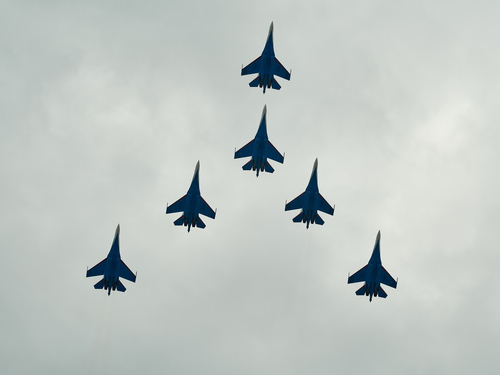
Despite the Kremlin’s claims of its superior features, Western intelligence estimates suggest only a small number of these jets are somewhat operational.
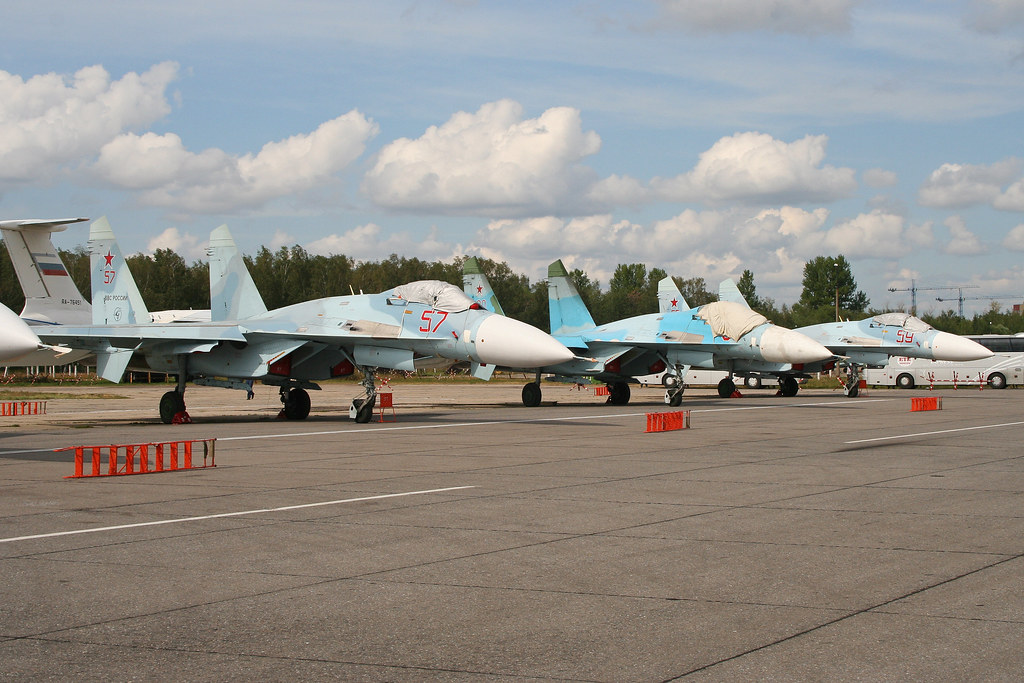
The Russian Aerospace Forces have been notably cautious in deploying the Su-57 Felon, even amidst the ongoing conflict in Ukraine. Although Russia claims to have used the Su-57 in strategic strike missions, there is scant evidence that they have operated effectively in contested airspace or made any significant impact on the fighting.

The challenges facing the Su-57 Felon are not only in its operational deployment but also in its production. Reports indicate that the aircraft’s development has been marred by problems, with the first production model crashing shortly after leaving the factory in 2019.
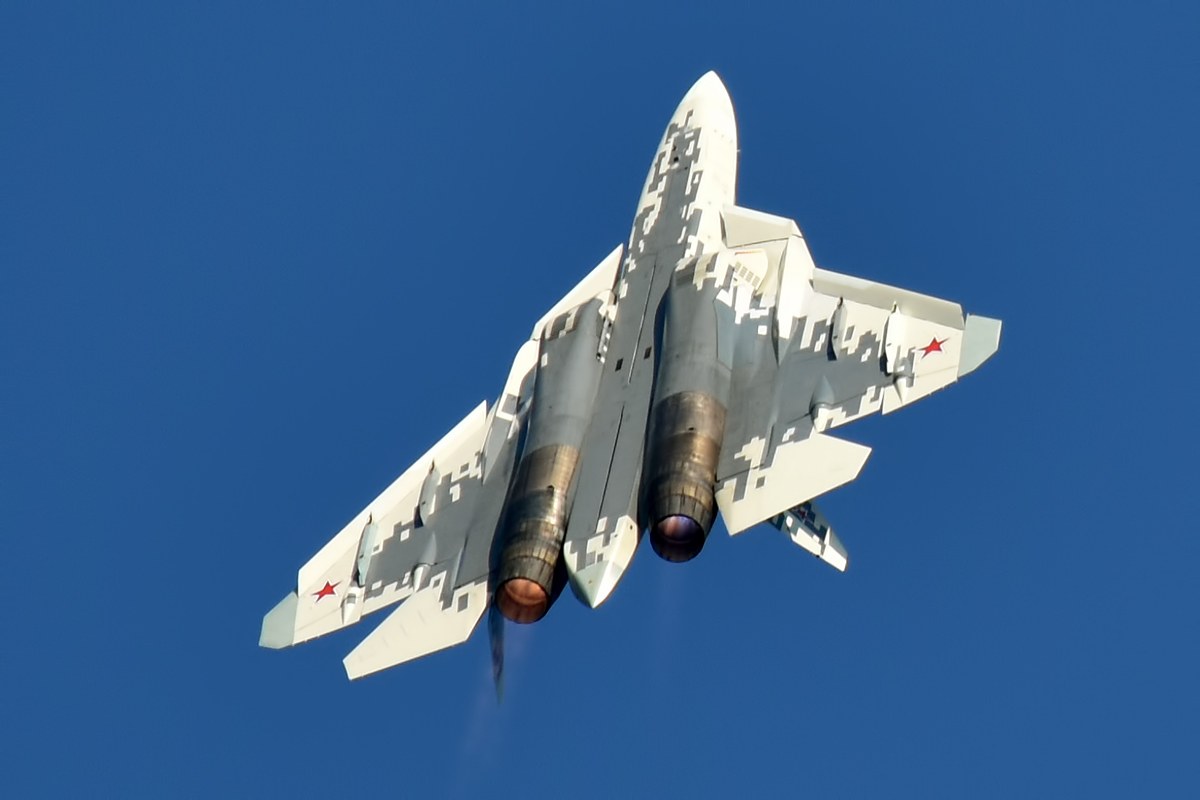
The Kremlin’s decision to press the first dozen prototypes into service highlights a pressing need to display fifth-generation capabilities, despite production issues exacerbated by Western sanctions on military hardware and technology.
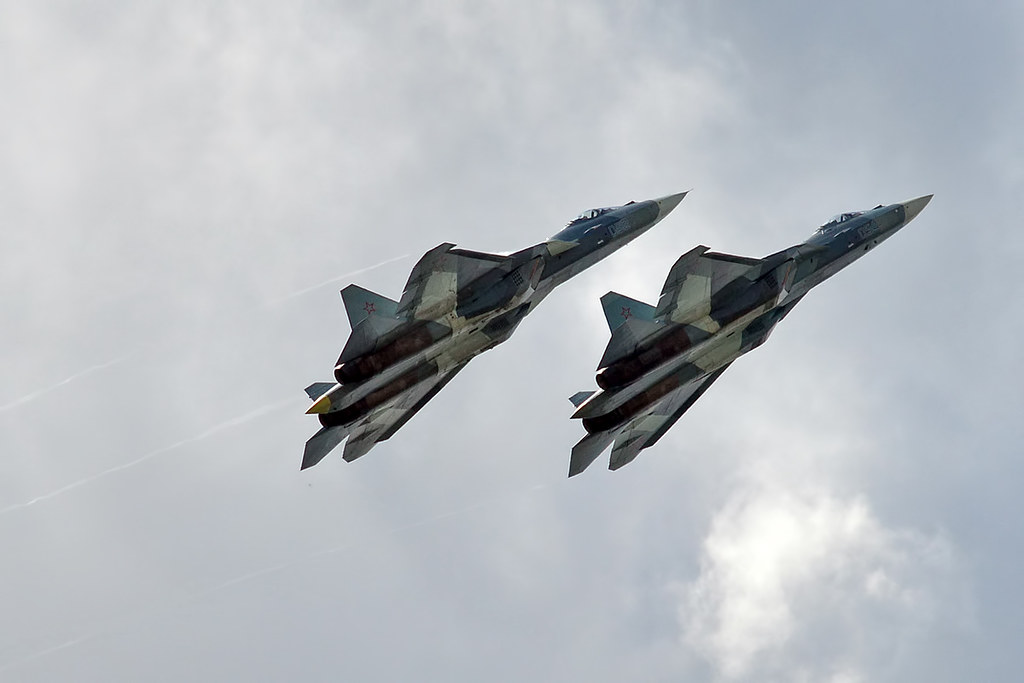
In an attempt to keep pace with modern manufacturing, Russian technicians have employed augmented reality techniques to assemble the Su-57, using QR codes and digital instructions reminiscent of a high-tech IKEA assembly process.
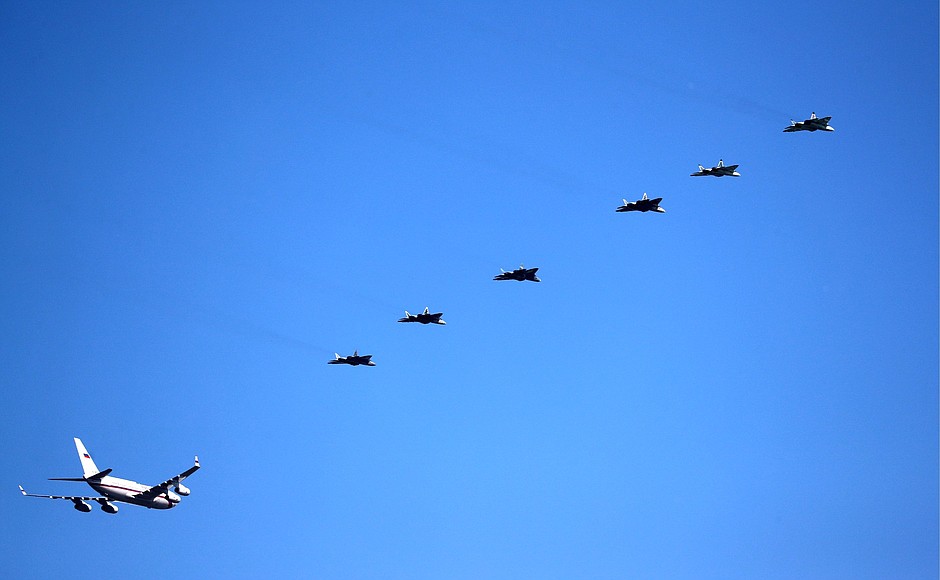
This innovative approach underscores the importance of precision in preserving the jet’s low-observable attributes, which are crucial to its stealth classification.
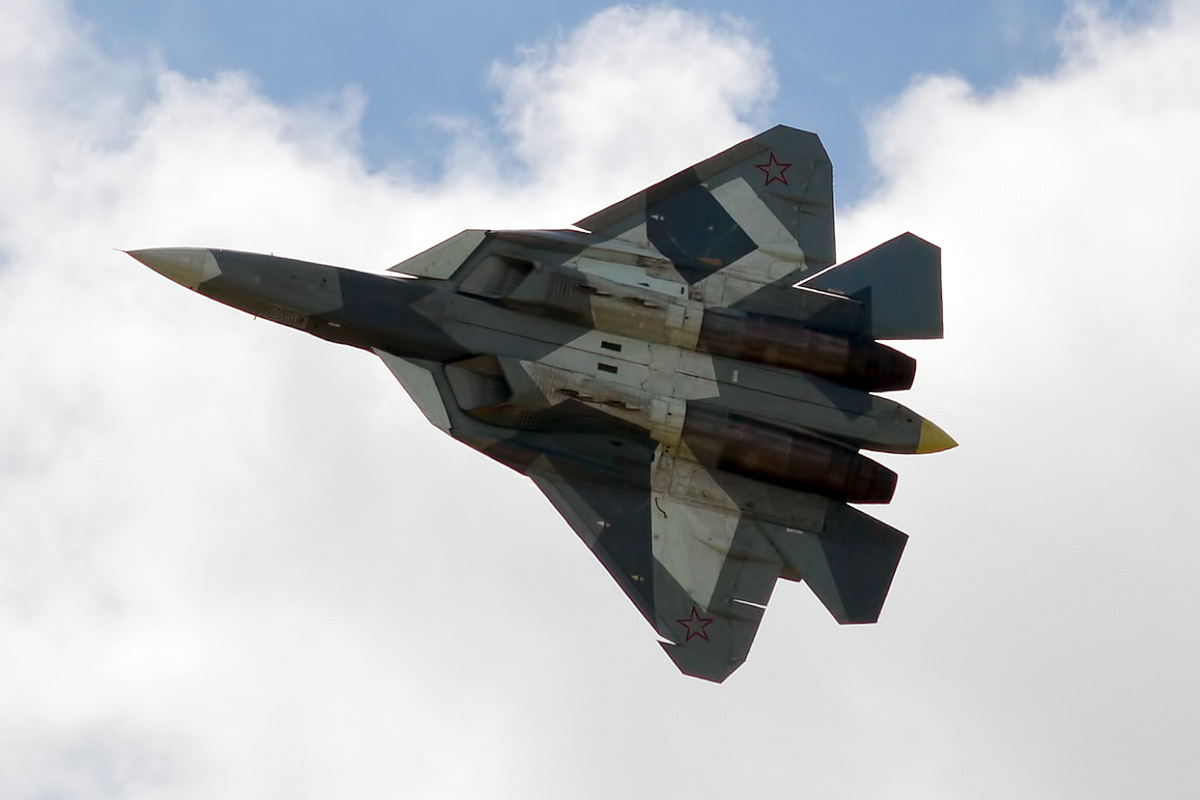
The Russian military has touted the Su-57 as superior to American designs, with military arms expert Alexei Leonkov stating, “The Su-57 outshines them by now in terms of the amount and diversity of armament.”
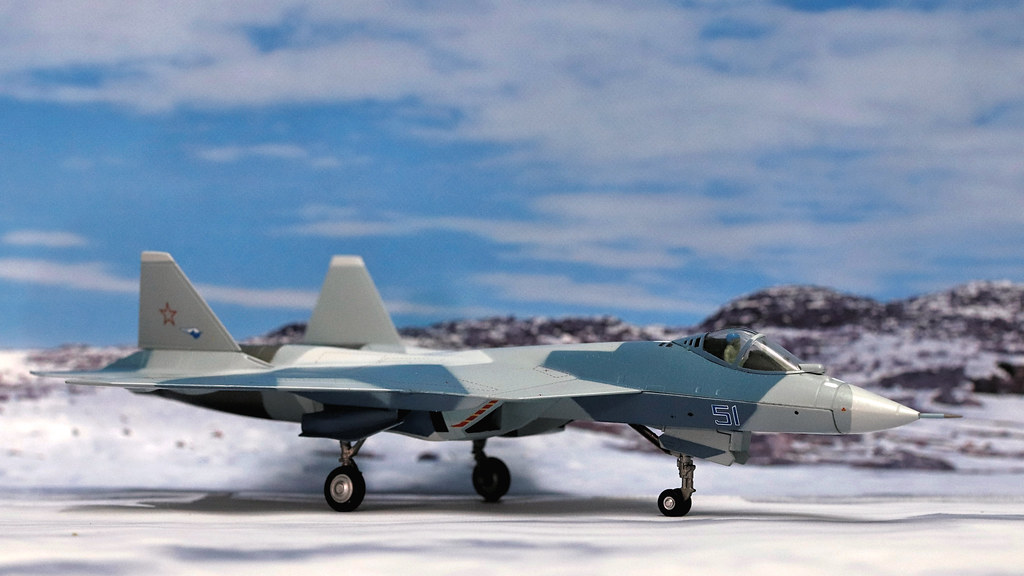
Additionally, Leonkov emphasized cutting-edge solutions like the “spherical all-around radar that ‘sees’ everything and cutting-edge electronic warfare systems aboard the Su-57.”
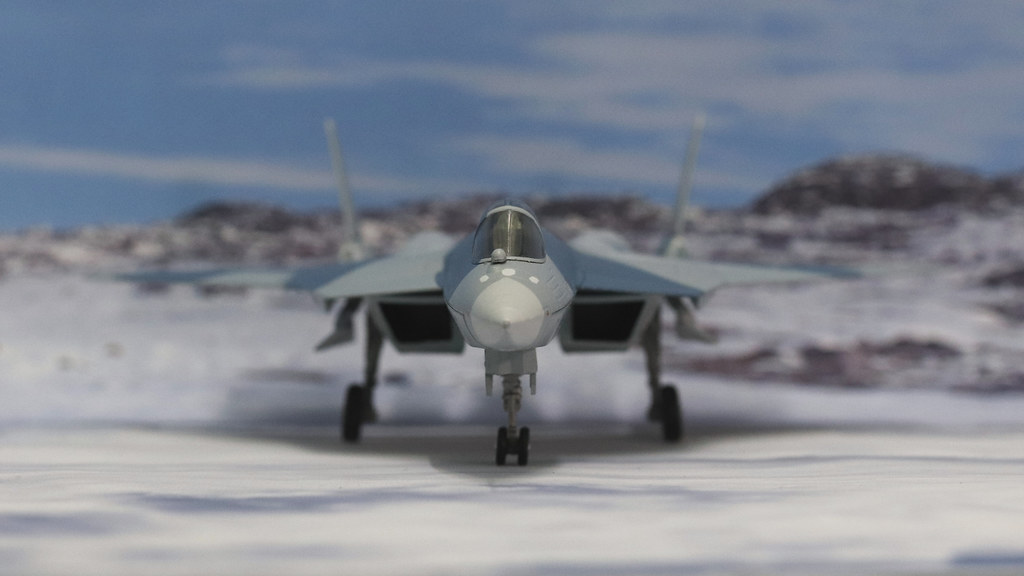
However, the U.S. Air Force is advancing its own hypersonic weapon capabilities, challenging Russia’s claims of the Su-57 carrying prototype hypersonic air-to-ground missiles, which are alleged to be mere “functional, full-size mock-ups,” according to Russia’s own state-run RIA Novosti newspaper.
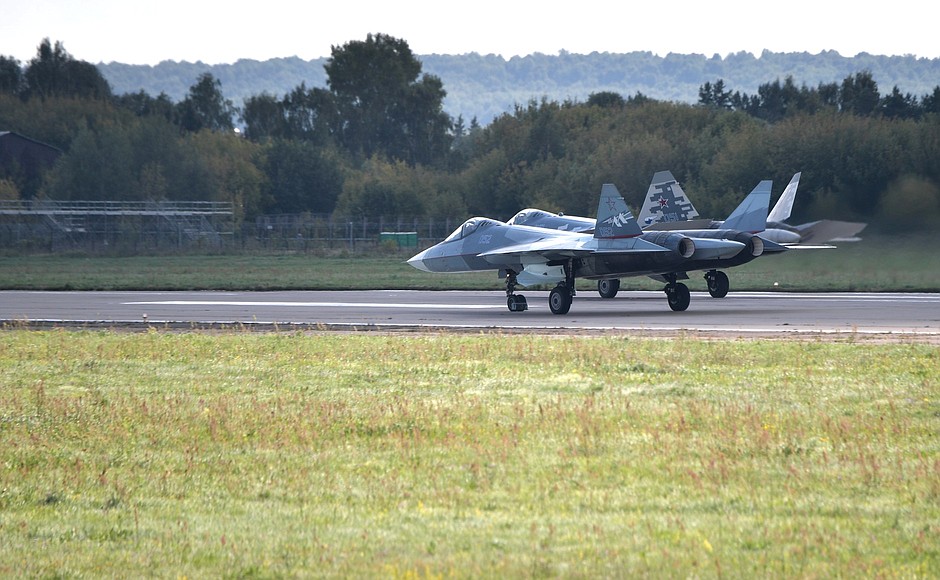
Despite its alleged features, the Su-57’s capabilities have been a topic of debate among Western analysts. The Rand Corporation has contested claims about the Su-57’s avionics providing 360-degree coverage, a technology they assert is unique to the F-35.

The Su-57 is undoubtedly an aircraft of many assertions, yet its absence from critical engagement in the largest conflict faced by Russia since World War Two speaks volumes.
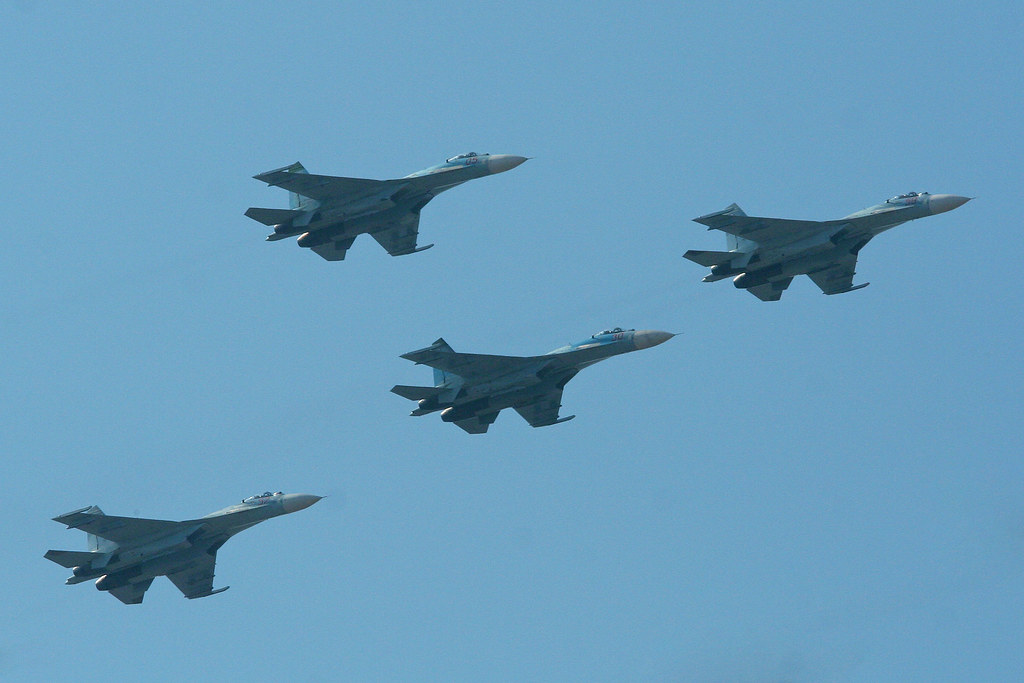
As the world watches the conflict in Ukraine unfold, the Su-57 Felon’s promised stealth and advanced warfare capabilities remain in the balance, its efficacy and true potential still shrouded in mystery.
Relevant articles:
– Russia’s Su-57 Felon Stealth Fighter Has One Problem It Can’t Hide From, The National Interest
– Why Russia’s Su-57 ‘Felon’ Stealth Fighter Can’t Hide Its Problems, 19FortyFive
– Russia’s Su-57 Felon Stealth Fighter Nightmare Just Won’t End, The National Interest
